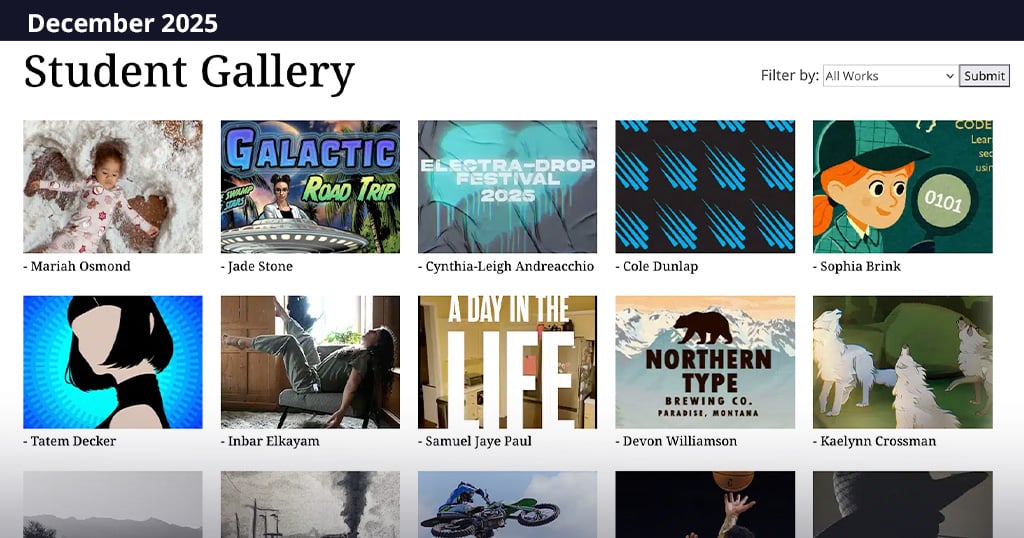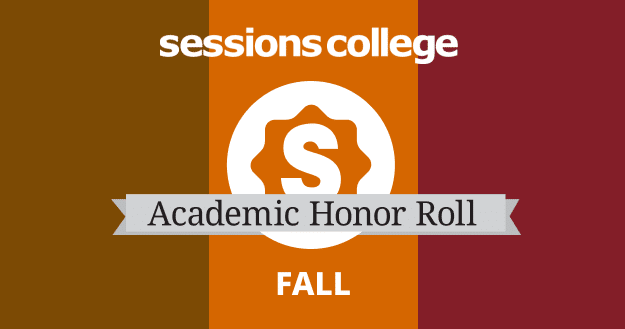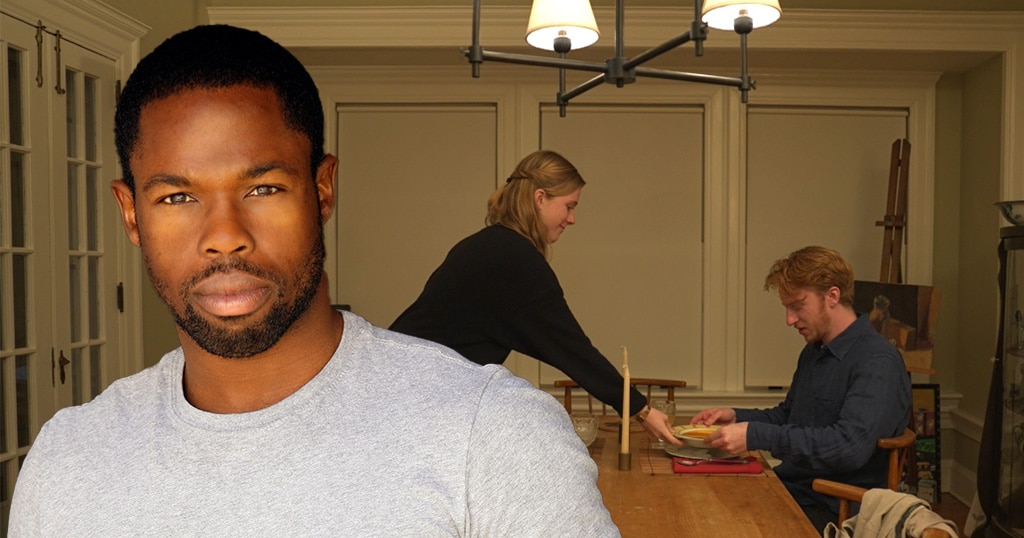Advisory Sessions: Crafting the Perfect Portfolio
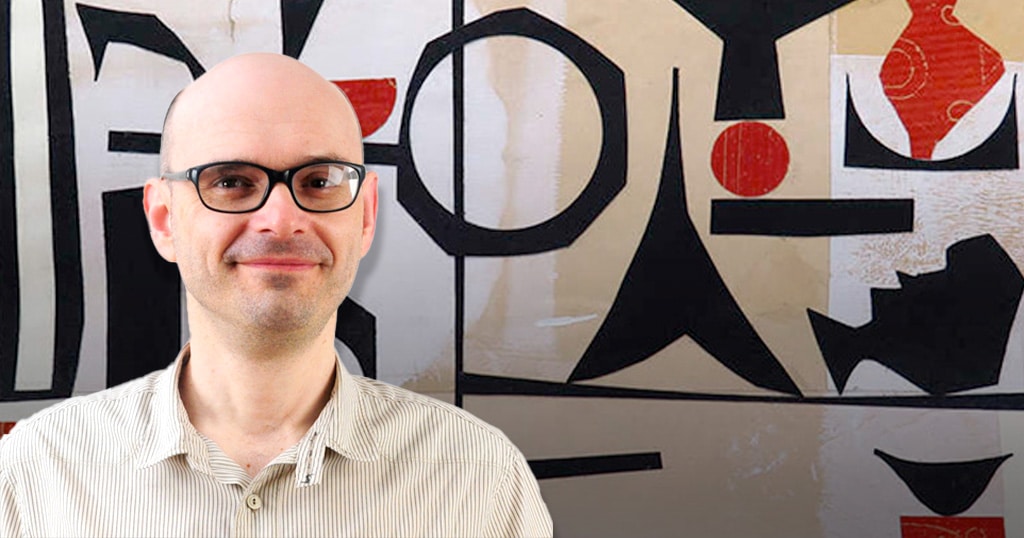
In this interview, we asked Michael for his pro tips for illustration and design graduates entering the job market.
Q: What types of companies are hiring in your industry?
Companies with in-house design departments are hiring individuals. By building out in-house agencies, larger companies limit outside vendor expenses while developing their own capabilities to deliver end-to-end engagements.
Having this capacity provides companies with on-demand service, quick turnarounds, specialized industry knowledge, and strategic creative and business partners to drive positive results across a variety of mediums. This is especially important as tech and finance companies tread uncertain political and economic landscapes.
Q: What advice do you have for graduates beginning the job search and interview process? How do they stand out?
Creative graduates should have an online presence in the form of a website or social media account(s) that showcase their work. Equally important is a LinkedIn profile, even if applying for an entry-level job.
Applicants can benefit by researching firms before applying to them. It’s important to know which firms’ work speaks to you, which companies’ values align with yours, and which employers’ work policies and salaries meet your expectations.
If the answers to your questions aren’t available online, be sure to ask them at the interview. Consider whether you prefer full-time office employment, WFH jobs, or a hybrid of the two—and apply accordingly.
In my experience, an applicant’s willingness to work in the office greatly increases their chances of finding employment, now that the pandemic has waned. In the interview (most likely by video conferencing), applicants should expect to screen-share their portfolio, project confidence in their work, and to articulate their commitment and passion for design.
To stand out in the crowd, an identifiable approach to design is beneficial. So are indications of efficiency, organization, and professionalism. A thank you note following an interview can go a long way. Personally, I’ve always enjoyed printing and mailing custom-designed promotional cards as a novel offering in this digital age.
Q: What software or technical skills do applicants need for your industry?
Here are some software skills we look for:
- Adobe Creative Cloud (especially Photoshop, Illustrator, InDesign, Premiere Pro, After Effects, Acrobat)
- Adobe Firefly
- Adobe Express
- Google Workspace and/or MS Office Powerpoint and/or Keynote Figma and/or Sketch
- Image management software such as Adobe Lightroom and/or Lightroom Classic
Q: What foundational and professional skills should an applicant have under their belt? What types of creative projects?
A hiring manager would look for examples of the following skills:
- Concept development
- Brand design
- Logo design
- Presentation skills
- Typography
- Vector and bitmap graphics (and a clear understanding between the two)
- Basic UX Design
- Color theory / RGB vs CMYK
- Basic photo editing
- Basic illustration
- Storyboarding
- Motion graphics fundamentals
We’d love to see a broad range of project experience too:
- Designing a brand
- Designing logos
- UX & product design
- Packaging design/surface design
- Designing a personal portfolio
- Print projects (such as posters, brochures, and books)
- Digital projects (such as interactive PDFs, basic web pages, app prototypes)
- 3D projects (prototypes created by hand or with a 3D printer)
- Illustration
- Infographics
- Storyboards
Q: What should be included in a portfolio? Should it be print or online, or both?
Applicants must generally present a portfolio in my industry (graphic design). I prefer to view portfolios online for instant access and to observe the design of the digital portfolio itself. There are advantages to seeing portfolios in person of course, especially when they feature physical samples, textures & tactility, and novel print techniques.
But given tight schedules and the prevalence of hiring remote workers, most art directors prefer to interview applicants and assess their work online.
Q: What criteria do you use to judge an applicant’s portfolio?
I expect to see brand and identity projects (including logo design), marketing design (such as online ad banners and social media ad design), basic UX / wireframes / product design, packaging and surface design. Illustrations, infographics, and storyboards are a plus. I’m basically looking for solid evidence of digital and print literacy.
Projects that are irrelevant to the job description shouldn’t be included in the portfolio, regardless of their quality. A common mistake for entry-level applicants is to show a wide array of work in styles and media that exceeds the employer’s request. Rather than being embraced as a jack-of-all trades, such applicants are perceived as misunderstanding the job description and the employer’s specific needs.
Including 12-20 pieces gives employers/interviewers a good idea of an applicant’s skills and strengths. When judging an applicant’s works, I consider the quality of technical execution and their proficiency in graphic communication.
Questions I ask include: How much conceptual and critical thinking is present in the work? How are the images sequenced? Do they tell the story of the designer’s vision and process? Are the projects’ objectives, challenges, and outcomes clearly presented?
Q: Are professionals in your industry using AI tools?
Professionals in my industry are using Firefly, Midjourney, and Wand.app (among others) to visualize new ideas, generate variations, and customize existing imagery.
My colleagues and I at Visa have been using the AI features in Adobe’s Creative Cloud apps and in the Getty Images stock libraries since last year. Photoshop’s generative AI capabilities (powered by Firefly) aid us in adding, extending, deleting, and otherwise modifying visual content non-destructively. We use this tool on a daily basis as it’s efficient, intuitive, and uses simple text prompts. Likewise, Generative AI by Getty Images provides us with customized renderings from text descriptions of desired imagery, drawing from Getty’s vast stock library.
My colleagues and I are certainly aware of potential issues surrounding the new technology, but AI tool developers seem to be aware as well. Getty Images, for example, seeks to gain users’ trust by touting its generative AI tool as “commercially safer” than its rivals and providing its subscribers the right to perpetual, worldwide, nonexclusive use across all media with indemnification against copyright lawsuits. Similarly, Adobe makes great effort to assure its customers that their AI imagery is ethically sourced (i.e. not scraped from the web) and its creators/developers are fairly compensated.
Q: What do you think a graduate should know about AI for your creative industry?
Graduates should be aware of both AI’s benefits and potential drawbacks. In our industry, AI already efficiently automates processes like layout creation, image resizing, color selection, and typographic options. Through machine learning, these systems ‘understand’ user behavior patterns and help designers create personal experiences for themselves and their clients.
There’s no question that AI has facilitated our workflow and that it’s here to stay as a creative tool. AI also has its limitations. It lacks true creativity, originality, and the ability to make subjective decisions involving aesthetics and emotions. This lack of inherent ingenuity renders it a mere design tool dependent on human input. This all suggests that experienced designers aren’t likely to be replaced anytime soon.
However, anyone entering the field should be aware that AI is already encroaching on routine tasks commonly assigned to junior designers. Their challenge will be to use generative content not as end-all solutions, but as stepping stones to solve complex problems that human creativity is uniquely capable of.
Every designer should be familiar with AI ethics in design. The three areas of present concern are fairness, privacy, and transparency / accountability. Fairness ensures that AI systems avoid discrimination or reinforcement of existing biases, privacy protects users’ personal data, and transparency provides disclosure about how AI systems make decisions.
I’d advise aspiring designers to confront AI critically, but with positivity. With every new technology, fresh opportunities turn up. Designers will be needed who understand AI’s new features and are able to use them. Specific AI-related design roles will emerge, allowing designers to focus on conceptual and stimulating tasks rather than on mundane ones. Driven grads will learn the skills to work with AI while making their own thoughtful design decisions in the process.
To learn more about the industry pros that make up the Sessions College Advisory Board, visit the Advisory Board page. The Advisory is a team of senior professionals who provide workplace assessment and program review feedback to ensure that our programs keep pace with the requirements of a constantly changing industry.
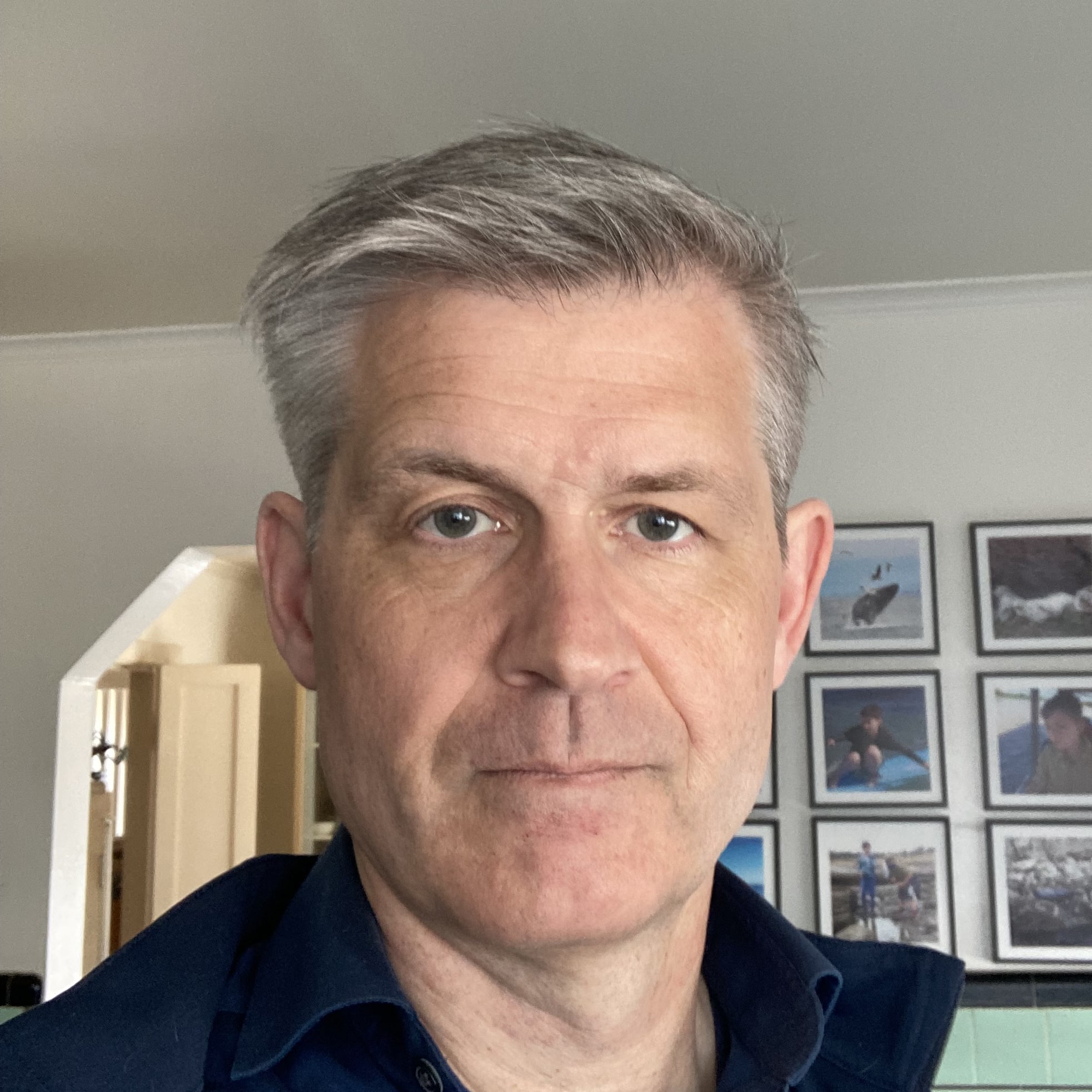
Gordon Drummond is the President of a Sessions College. He's passionate about education, technology, and the arts, and likes to surround himself with talented people. Read more articles by Gordon.
RECENTLY ON CAMPUS

